Spot the signs of the seasons
Let us know what's happening to animals and plants near you and help scientists track the effects of climate change on wildlife.
Explore Nature's Calendar
Content manager, botanist and tree lover
Autumn is often a time of outstanding beauty. We're treated to a final burst of colour before the onset of winter. And some years, that colour is more spectacular than ever. Find out why.
Leaf colour comes from pigments. These are natural substances produced by leaf cells to help them obtain food. The three pigments that colour leaves are chlorophyll (green), carotenes (yellow) and anthocyanins (reds and pinks).
The depth of colour is influenced by the blend of chemical processes and weather conditions.
The beginnings of leaf drop, also known as abscission, start when a layer of cells is formed between where the leaf stalk joins the stem. This layer, known as the abscission layer, is formed in the spring during active new growth of the leaf.
In autumn, hormones within trees begin to change. The most notable is auxin. During the active growing season, production rates of auxin in the leaves are consistent with the rest of the tree. As long as these rates are steady, the cells of the abscission layer remain connected, which in turn, keeps leaves attached.
But as days shorten and temperatures cool, auxin production in leaves starts to decrease. This triggers cellular elongation within the abscission layer. The elongation of these cells creates fractures, allowing the leaf to break away from the plant. The leaf is finally blown off by the wind or falls from its own weight.
The benefit of shedding leaves is that trees can preserve the moisture in their branches and trunk, instead of drying out and dying. And a tree without leaves is in a state of dormancy and needs less energy to remain alive.
Leafless trees are also better able to tolerate winter storms as strong winds can move through the branches more easily.
Nature's Calendar is our citizen science project that uses seasonal observations sent in by members of the public from their gardens or local area. These records help scientists understand the effects of weather and climate change on wildlife.
Kate Lewthwaite: Full tinting is when the tree has completely changed colour, so there's almost no green visible and it's gone to its autumn colours which might be yellow, might be red, might be bronze. Actually, that colour doesn't matter, it's the fact that there’s really no green left on the tree at all. And that’s actually quite an unusual thing. We don’t see that every single year. Full tinting can be very variable: can be from the end of September right through to November, maybe even early December in some years. It’s very, very weather dependent. We don’t always see full tint every year because in some years, in some weather conditions, the tree might actually shed its leaves beforehand. So, if it’s very windy, if it’s very frosty, then the tree might drop its leaves without having achieved full colouration.
Not everyone might be aware about why leaves actually do change colour, and the yellows, the oranges, the beautiful shades that we see. In fact, many of them are present in the leaf all year round and what happens is that the green pigment called chlorophyll, that slowly gets broken down as the cold weather increases and the colours that have been present in the year like the yellows are then revealed. So, it’s not a question of the colour appearing, it’s that it’s been there all year-round. Some of the red colour, that’s actually not there all year. That is created in certain weather conditions where you get a concentration of sugars in the leaf, particularly the red colouration. But the yellow certainly is there all year round so it’s quite an interesting story when you’re out for your next crispy winter walk just to enjoy all those colours and understand why they are where they are.
People that record Nature’s Calendar say that they find autumn tinting particularly hard to record because often even the same species of tree can appear to be doing different things. You’ll have one tree that’s almost bare and one that’s barely turned colour, so the advice that we give is to try and find three trees that are all carrying out the same particular event, so they’re all tinting at the same time. We’re looking for something that is typical and not unusual for that particular species, so try and find three trees that are doing the same thing of the same species and then that’s the right time to record.
Let us know what's happening to animals and plants near you and help scientists track the effects of climate change on wildlife.
Explore Nature's Calendar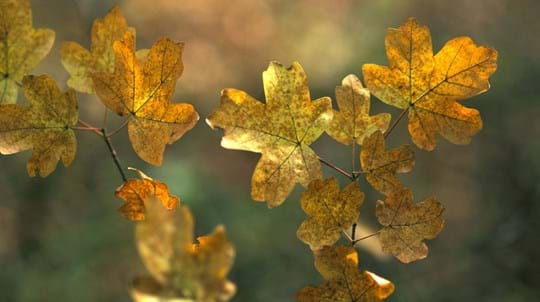
Blog
Helen Keating • 21 Sep 2020
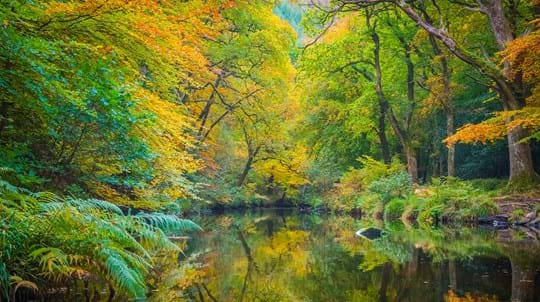
Visiting woods
A visit to autumnal woods is always a treat. Listen to leaves crunch beneath your feet and get swept away in all that this season has to offer.
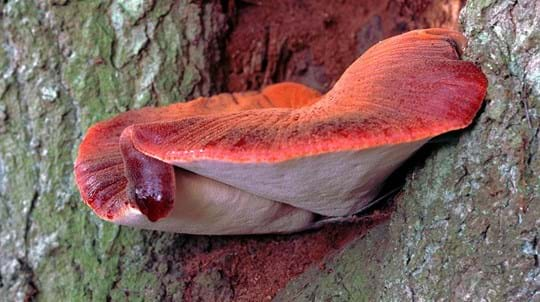
Blog
Helen Keating • 29 Oct 2018
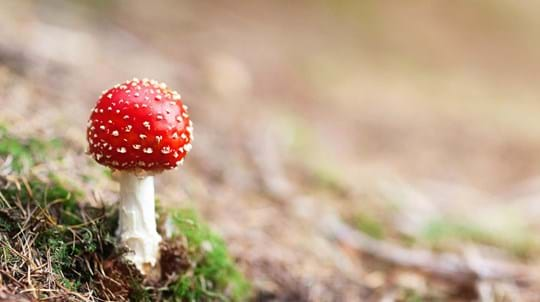
Blog
Danielle Wesley • 31 Aug 2019

Blog
Hannah Vickers • 01 Oct 2020
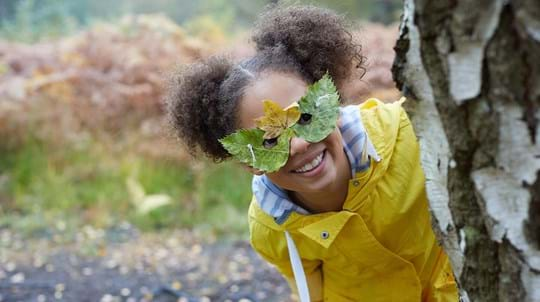
Blog
Danielle Wesley • 09 Oct 2020